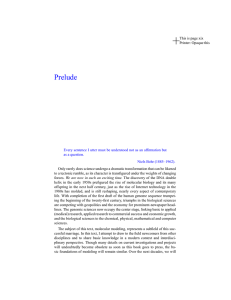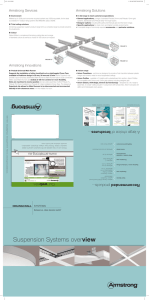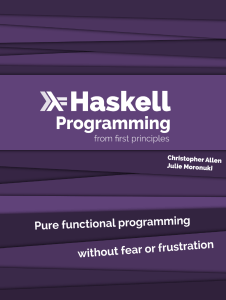P R O B L E M S...
advertisement
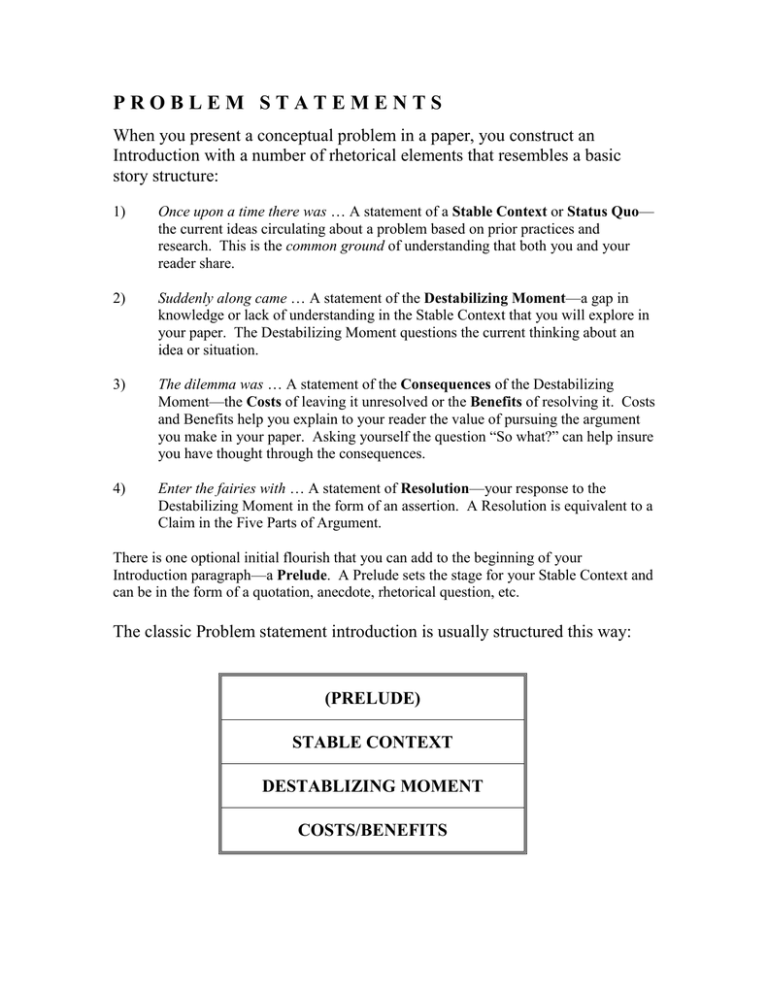
PROBLEM STATEMENTS When you present a conceptual problem in a paper, you construct an Introduction with a number of rhetorical elements that resembles a basic story structure: 1) Once upon a time there was … A statement of a Stable Context or Status Quo— the current ideas circulating about a problem based on prior practices and research. This is the common ground of understanding that both you and your reader share. 2) Suddenly along came … A statement of the Destabilizing Moment—a gap in knowledge or lack of understanding in the Stable Context that you will explore in your paper. The Destabilizing Moment questions the current thinking about an idea or situation. 3) The dilemma was … A statement of the Consequences of the Destabilizing Moment—the Costs of leaving it unresolved or the Benefits of resolving it. Costs and Benefits help you explain to your reader the value of pursuing the argument you make in your paper. Asking yourself the question “So what?” can help insure you have thought through the consequences. 4) Enter the fairies with … A statement of Resolution—your response to the Destabilizing Moment in the form of an assertion. A Resolution is equivalent to a Claim in the Five Parts of Argument. There is one optional initial flourish that you can add to the beginning of your Introduction paragraph—a Prelude. A Prelude sets the stage for your Stable Context and can be in the form of a quotation, anecdote, rhetorical question, etc. The classic Problem statement introduction is usually structured this way: (PRELUDE) STABLE CONTEXT DESTABLIZING MOMENT COSTS/BENEFITS
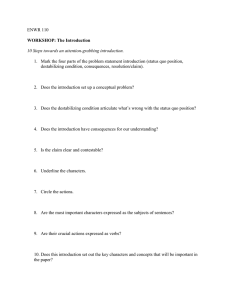
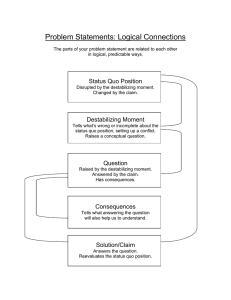
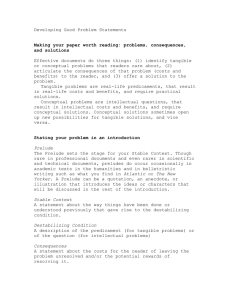
![Program`s Dynamic Criteria Map (DCM)[1]](http://s3.studylib.net/store/data/007112770_1-0a2faad44b8e94d6ea99c5f4cbf00e83-300x300.png)
